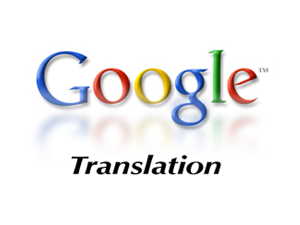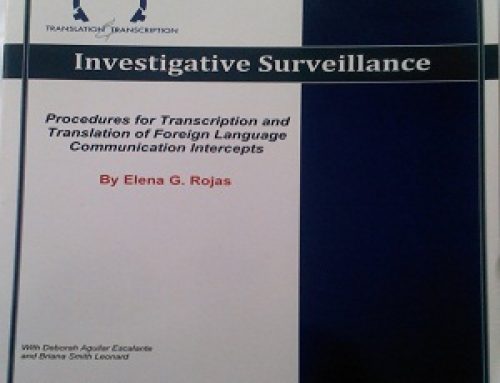Google’s decade-long efforts to automate the tricky business of translating languages appear to be paying off. The search giant today announced that its Google Translate service has more than 200 million active monthly users, and that mobile usage is quadrupling year over year.
As you might expect, Google Translate has global appeal, and 92 percent of its traffic comes from outside the U.S.
“In a given day we translate roughly as much text as you’d find in 1 million books. To put it another way: what all the professional human translators in the world produce in a year, our system translates in roughly a single day. By this estimate, most of the translation on the planet is now done by Google Translate,” writes Google Translate research scientist Franz Och in a Thursday blog post.
“In a given day we translate roughly as much text as you’d find in 1 million books. To put it another way: what all the professional human translators in the world produce in a year, our system translates in roughly a single day. By this estimate, most of the translation on the planet is now done by Google Translate,” writes Google Translate research scientist Franz Och in a Thursday blog post.
Machine Translation (MT) technology has coming a long way since 2001 when Google introduced its first MT service that translated eight languages to and from English.
The initial system ” wasn’t very good, and it didn’t improve much in those first few years,” admits Och, who says that years of fine-tuning the translation engine has led to the Google Translate that millions of Internet-connected users rely on today.The service now translates between 64 languages, including less common (at least online) choices such as Bengali, Basque, Swahili, Yiddish, and Esperanto.
Google Translate isn’t perfect, of course, and often misses many of the nuances that a human translator would detect. Still, there’s no denying its popularity and usefulness in an increasingly Web-connected world.For more info visit the original article HERE





